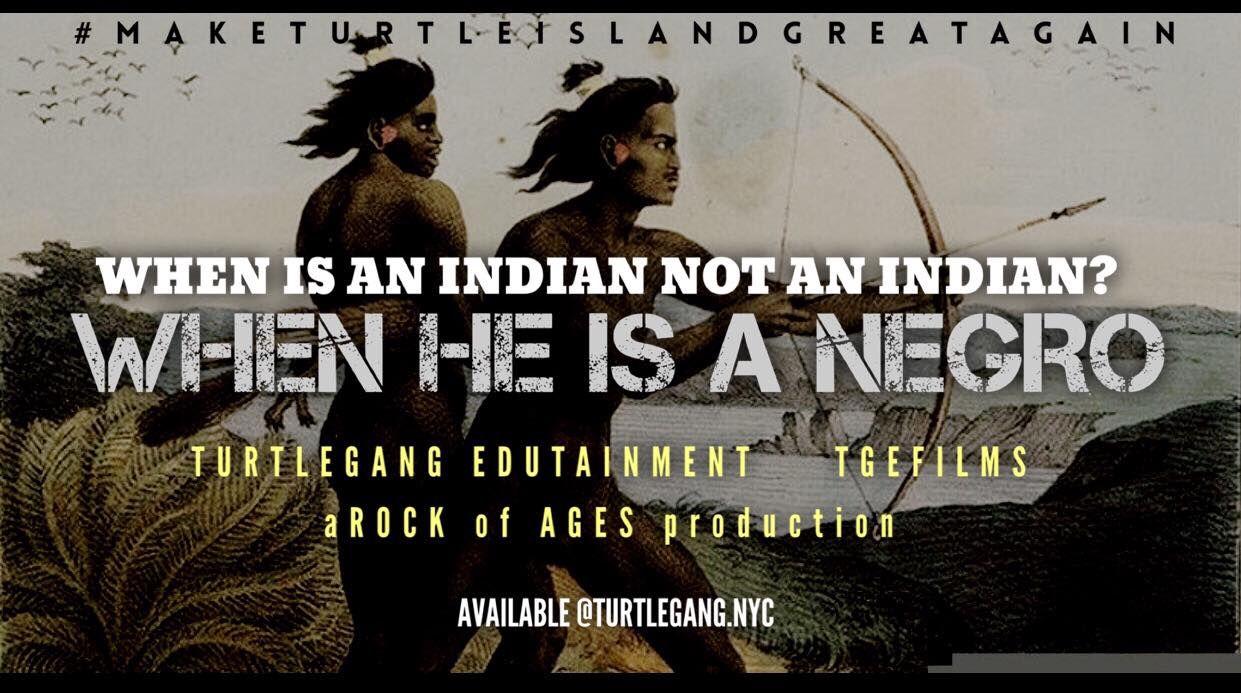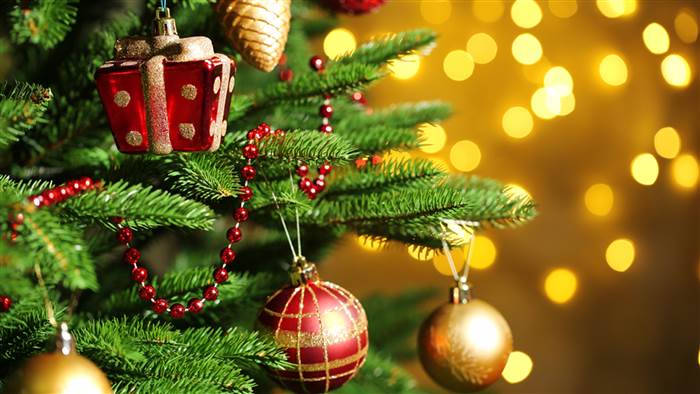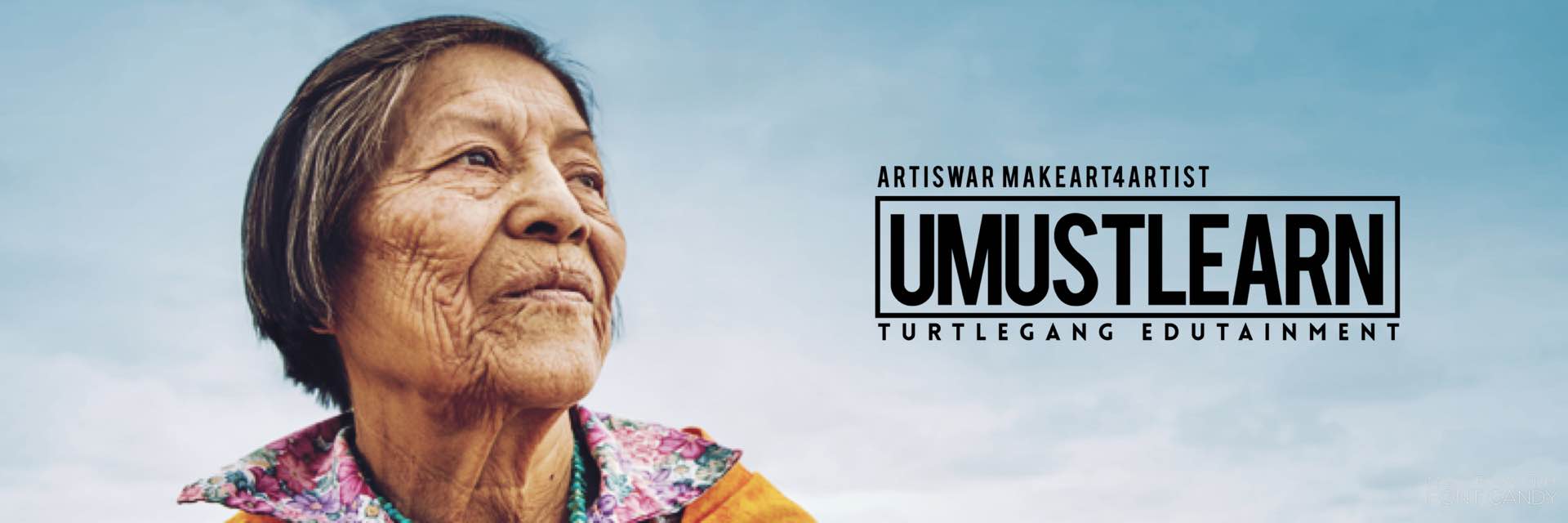
The holiday we call Christmas has evolved into the biggest celebration in the world. Roman Catholics and Protestants celebrate the birth of Jesus on December 25. Many Orthodox Christians use the Julian calendar, which places Christmas around January 6.
Christmas was first added to the Roman Catholic Church calendar as a religious feast day in the fourth century A.D. But Christmas is not the only celebration held around this time of year. December 25 was a significant date for various early cultures. The ancient Babylonians believed the son of the queen of heaven was born on December 25. The Egyptians celebrated the birth of the son of the fertility goddess Isis on the same date, while ancient Arabs contended that the moon was born on December 24. The Romans celebrated Saturnalia, a feast named for Saturn, god of agriculture, on December 21.

Before European contact, the Indian tribes of North America did not celebrate the birth of Jesus Christ, since they hadn’t heard of him. However, many of the American Indian people of North America have been Christianised for several hundred years. Over this time, customs which were introduced to them by the missionaries, have become adapted to the native cultures, and are an integral part of their Christmas traditions today, just as they are in most American homes.
Many Native American people found that the story of Christmas and Christ’s birth fulfilled tribal prophecies
and found the message of Jesus to be consistent with the truth that was handed down by their ancestors.
SONY DSC
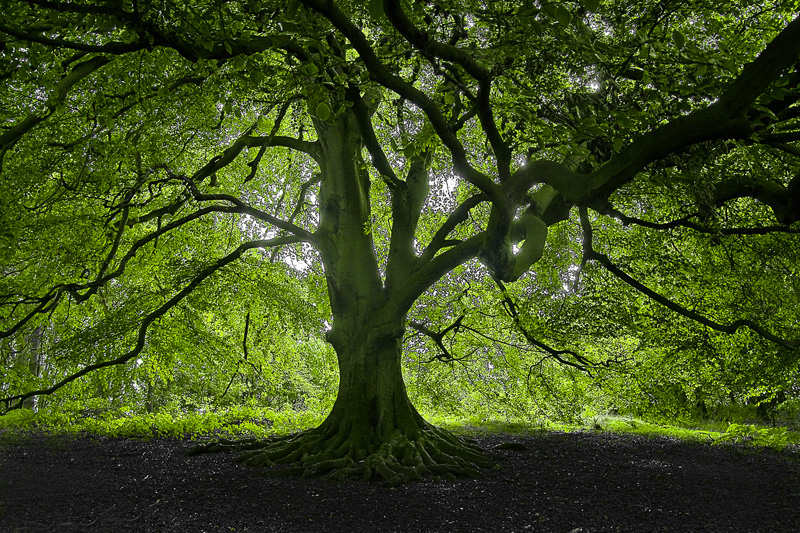
Christmas wasn’t always celebrated in the US the way it is today. In fact, the Puritans of Massachusetts banned any observance of Christmas, and anyone caught observing the holiday had to pay a fine. Connecticut had a law forbidding the celebration of Christmas and the baking of mincemeat pies. A few of the earliest settlers did celebrate Christmas, but it was far from a common holiday in the colonial era.
Before the Civil War, the North and South were divided on the issue of Christmas. Most Northerners thought it was a sinful display, while Southerners saw it as an important social occasion. The first three states to make Christmas a legal holiday were in the South: Alabama in 1836, Louisiana and Arkansas in 1838. It did not become a US National holiday until 1870.
Christmas celebrations and traditions, as most of us in the US celebrate them today, became more common in America during the mid-1800s. The introduction of Christmas services in Sunday schools reduced religious opposition to a secular festival, as opposed to a somber religious day, while the Charles Dickens novel A Christmas Carolpopularized the holiday as a family event, and women’s magazines promoted the ideas of decorating for this holiday.
Some scholars suspect that Christians chose to celebrate Christ’s birth on December 25 to make it easier to convert the pagan tribes. Referring to Jesus as the “light of the world” also fit with existing pagan beliefs about the birth of the sun. The ancient “return of the sun” philosophy had been replaced by the “coming of the son” message of Christianity.
Many Native Americans in North America, and Aboriginal groups elsewhere in the world, as well as other pagen religions such as wicca, did observe a celebration near Christmas time, called the Winter Solstice. The Winter Solstice is the longest night of the year and falls on December 21-22 and was celebrated in the Americas long before European influence arrived. Different indian tribes associate different beliefs and rituals with it.
For example, the Hopi tribal celebrations are dedicated to giving aid and direction to the sun which is ready to return and give strength to new life. Their ceremony is called Soyal. It lasts for 20 days and includes prayerstick making, purification, rituals, and a concluding rabbit hunt, feast and blessings.
The First Native American Christmas Carol
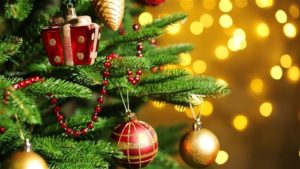
The first written native american Christmas carol was written down by a Jesuit missionary priest, Friar Jean de Brebeuf, around 1640-41, for the Huron Indians. The Hurons built a small chapel of fir trees and bark in honor of the manger at Bethlehem. This became the ‘stable’ where Jesus was born. Some Hurons travelled as much as two days to be there for the Christmas celebration.
The animals at the manger were the Fox, the Buffalo and the Bear. The Hurons also made a traditional tent of skins and their nativity figures were all dressed as native Americans. This Huron Carol, originally written in the Huron language and later translated to French, has become a well known and much loved carol today.
Santa Claus, St. Nicolas, or Handsome Fellow, a Native American Santa
The American version of St. Nicholas, or Santa Claus originally came from the Dutch version called Sinter Klaas. This tradition was brought with the Dutch people who settled Amsterdam, New York.
Our modern day version of how Santa Claus should look comes from the Christmas poem A Visit From St. Nicholasby Clement C. Moore. Written for his children in 1823, the family poem was later published for the general public and included what became the now famous picture of Santa Claus by Thomas Nast.
Countless legends are told about the Patron Saint of Giving known as St. Nicholas. He has been the patron saint of Russia, Moscow, Greece, children, sailors, prisoners, bakers, pawnbrokers, shopkeepers and wolves.
His gift-giving role in Christmas rites probably comes from his fame as the friend of children. This Christma legend tells us that he also used to give anonymous donations of gold coins to persons in need. His cult spread in Europe and Christmas presents were distributed on December 6th when the celebration of St. Nicholas took place.
According to these legends, St. Nicholas was born in the city of Patara, and traveled to Palestine and Egypt when he was young. He was later imprisoned by the Emperor Diocletian, but was later released by the more humanitarian Emperor Constantine. He attended the first council of Nicaea in 325 A.D. St Nicholas reportedly died about 350 AD.
The relics of St.Nicholas are in the basilica of St. Nicola, in Bari, Italy (they were stolen from Myra in 1087 AD). For this reason he is sometimes known as St.Nicholas of Bari.
Within both Western and Eastern Christian Churches similar mythology, or tradition, exists.
There are many names for Santaaround the world:
- Belgium – Pere Noel
- Brazil – Papai Noel
- Chile – Viejo Pascuero (Old Man Christmas)
- China – Dun Che Lao Ren (Christmas Old Man)
- Dutch – Sinter Klaas
- Netherlands – Kerstman
- Finland – Joulupukki (Yule Buck)
- France – Pere Noel
- Germany – Weihnachtsmann (Christmas Man) also Kris Kringle (which comes from the German term for “Christ Child.”)
- Hawaii – Kanakaloka
- Hungary – Mikulas (St. Nicholas)
- Italy – Babbo Natale (Father Christmas)
- Japan – Hoteiosho (a god or priest who bears gifts)
- Norway – Julenissen (Christmas gnome)
- Morocco – Black Peter
- Poland – Swiety Mikolaj (St. Nicholas)
- Russia – Ded Moroz (Grandfather Frost)
- Sweden – Jultomten (Christmas brownie)
- Turkey – Hagios Nikolaos (Greek for Bishop of Myra)
- United Kingdom – Father Christmas
And there is a mysterious fellow whom I have been told about on several occasions. He is a handsome brave who wears white buckskins, and brings gifts to Indian children. His name, appropriately is ‘Handsome Fellow’. Other gift bringers come at different times of the year, often in the summertime, but the gift bringing element is always a part of the American Indian culture, whatever the occasion is for a gathering.
There was a real native american man in the 1800s, who was an important leader and warrior in the Creek tribe. His Indian name was Chief Hobbythacco, which means Handsome Fellow. Cheifs in native american cultures were often the beneficiaries of many gifts. According to the traditions of native americans, the chief would then share these gifts with others of the tribe who were less fortunate.
Handsome Fellow, Fanni Mico, and later, White Lieutenant, were leaders of a Creek settlement named Okfuskee and were deeply involved in Creek-British diplomatic relations throughout the colonial period. Chief Hobbythacco (Handsome Fellow) had often supported the English, but at the outbreak of the Cherokee war, he decided to support the Cherokees. He lead an attack on a group of English traders in Georgia and thirteen of the traders were killed during the fighting.
Native American Christmas Customs
Looks for Buffalo, an Oglala Sioux spiritual leader, the full-blood Oglala grandson of Chief Red Cloud and White Cow Killer, and a Cheyenne Oglala leader, explains the meaning of Christmas to the traditional Indian people of the Americas:
“Traditional American Indians are raised to respect the Christian Star and the birth of the first Indian Spiritual Leader. He was a Star Person and Avatar. His name was Jesus. He was a Hebrew, a Red Man. He received his education from the wilderness. John the Baptist, Moses, and other excellent teachers that came before Jesus provided an educational foundation with the Holistic Method.”
“Everyday is our Christmas. Every meal is our Christmas. At every meal we take a little portion of the food we are eating, and we offer it to the spirit world on behalf of the four legged, and the winged, and the two legged. We pray–not the way most Christians pray– but we thank the Grandfathers, the Spirit, and the Guardian Angel.”
“The Indian Culture is actually grounded in the traditions of a Roving Angel. The life-ways of Roving Angels are actually the way Indian People live. They hold out their hands and help the sick and the needy. They feed and clothe the poor. We have high respect for the avatar because we believe that it is in giving that we receive.”
“We are taught as Traditional children that we have abundance. The Creator has given us everything: the water, the air we breathe, the earth as our flesh, and our energy force: our heart. We are thankful every day. We pray early in the morning, before sunrise, to the morning star, and the evening star. We pray for our relatives who are in the universe that someday they will come. We also pray that the Great Spirit’s son will live again.”
“To the Indian People Christmas is everyday and they don’t believe in taking without asking. Herbs are prayed over before being gathered by asking the plant for permission to take some cuttings. An offer of tobacco is made to the plant in gratitude. We do not pull the herb out by its roots, but cut the plant even with the surface of the earth, so that another generation will be born its place.”
“It is really important that these ways never be lost. And to this day we feed the elders, we feed the family on Christmas day, we honor Saint Nicholas. We explain to the little children that to receive a gift is to enjoy it, and when the enjoyment is gone, they are pass it on to the another child, so that they, too, can enjoy it. If a child gets a doll, that doll will change hands about eight times in a year, from one child to another.”
“Everyday is Christmas in Indian Country. Daily living is centered around the spirit of giving and walking the Red Road. Walking the Red Road means making everything you do a spiritual act. If your neighbor, John Running Deer, needs a potato masher; and you have one that you are not using, you offer him yours in the spirit of giving. It doesn’t matter if it is Christmas or not.”
“If neighbors or strangers stop over to visit at your house, we offer them dinner. We bring out the T-Bone steak, not the cabbage. If we don’t have enough, we send someone in the family out to get some more and mention nothing of the inconvenience to our guests. The more one gives, the more spiritual we become. The Christ Consciousness, the same spirit of giving that is present at Christmas, is present everyday in Indian Country.”
Looks For Buffalo resides on the Pine Ridge Reservation in South Dakota and can be contacted at (605)867-5762 or P.O. Box 150, Pine Ridge, SD 57770. He is a contributor to www.ewebtribe.com
Christmas Dances
Many Tribes, including the Laguna Indians, many of whom accepted Christianity some 400 years ago, have the custom of a dance on Christmas Eve or Christmas, where gifts are offered at the Manger. There are many representations of gifts brought to braves in the fields by the great Thunderbird; or scenes with the wise men being replaced by the chiefs representing the great Nations.
A few native american Christmas celebrations are:
December 21
- Winter Solstice Walks, Spiro Mounds Archelological Center, Spiro, OK, More Info:(908)962-2062
December 24
- Sundown procession with bonfires at Taos Pueblo
- Acoma Pueblo is lit with luminarias beginning at the scenic viewpoint and continues as far as “Sky City”
- After 10 pm Mass at Laguna, various dances (505)552-6654
- After midnight Mass: at San Felipe (505)867-3381, Santa Ana, and Tesuque Pueblos (505)983-2667
- Buffalo, Deer & Antelope dance after Mass at Nambe Pueblo(505)455-2036
December 24 & 25 Christmas Celebrations
- Spanish Dance drama “Los Matachines” at Picuris (505)587-2519, and San Juan Pueblos (505)852-4400
- Pine Torch Processions at San Juan Pueblo
December 25
- Various dances at Tesuque Pueblo (505)983-2667
- Dances to be announced (Deer or Los Matachina) at Taos Pueblo
- Christmas Celebration: Matachina Dance at San Ildefonso Pueblo (505)455-3549
- Wapato Longhouse Christmas Celebration, Wapato, WA (509)865-5121
- Buffalomeat Descendants 31st Annual Pow wow, Watonga, OK (405)884-2417
December 25-28
- Harvest Dance at Laguna Pueblo (505)552-6654
- Dances at Zia Pueblo
December 25-January 1
- Christmas Night and New Years Night, Ethete, WY (307)332-6120
December 26
- Turtle Dance, San Juan Pueblo, NM (505)852-4400
December 26-27
- Christmas Pow wow, Rocky Boy Agency, MT (406)395-4478
December 26-January 1
- Miccosukee Tribe Annual Indian Arts Festival, Miccousukee Indian Village, Miami, FL (305)480-1924
RELATED LINKS ON THIS SITE:
For the Pueblo Indians, colors have come to represent directions symbolically. For centuries, maize has been grown in these colors. Here is a chart of some other Pueblo symbols.
This is the new section of our website that will be devoted to information about all the tribes collectively known as Pueblo Indians. Look for many new additions to this section in the near future.
Hopi Prophecy: Emergence to the 5th World
This article begins with a Hopi prophecy first published in a mimeographed manuscript that circulated among several Methodist and Presbyterian churches in 1959.
Kachina Dolls (Katsina) or Tihu and the katsina society ceremonial dances
The Niman ceremony, which is held in mid summer represents the end of the kachina season. The kachinas dance in the plaza carrying stalks of corn and bearing gifts for the children. This is a time of thanks and appreciation for the harvest which the kachinas helped provide as well as a time to bid them farewell. With a final ceremony the kachinas are sent off to their mountain homes to await the renewed cycle of the coming year.
Acoma Pueblo is the oldest continuously inhabited village in the United States
The Acoma Pueblo, also known as “Sky City”, is a Native American pueblo built on top of a 367-foot (112 m) sandstone mesa in the U.S. state of New Mexico. The Pueblo, believed to have been established prior to the 10th century, was chosen in part because of its defensive position against raiders. It is regarded as the oldest continuously inhabited community in the United States.
Read more: How do native americans celebrate Christmas? – Mailbag Archive (2) – AAA Native Artshttp://www.aaanativearts.com/mailbag-archive-2/how-do-native-americans-celebrate-christmas.html#ixzz4TzebDXcW
